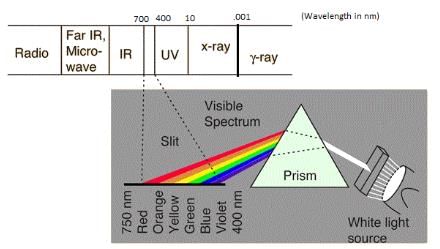NEET Exam > NEET Tests > Physics Class 12 > Test: Electromagnetic Waves - 2 - NEET MCQ
Test: Electromagnetic Waves - 2 - NEET MCQ
Test Description
10 Questions MCQ Test Physics Class 12 - Test: Electromagnetic Waves - 2
Test: Electromagnetic Waves - 2 for NEET 2025 is part of Physics Class 12 preparation. The Test: Electromagnetic Waves - 2 questions and answers have been
prepared according to the NEET exam syllabus.The Test: Electromagnetic Waves - 2 MCQs are made for NEET 2025 Exam. Find important
definitions, questions, notes, meanings, examples, exercises, MCQs and online tests for Test: Electromagnetic Waves - 2 below.
Solutions of Test: Electromagnetic Waves - 2 questions in English are available as part of our Physics Class 12 for NEET & Test: Electromagnetic Waves - 2 solutions in
Hindi for Physics Class 12 course. Download more important topics, notes, lectures and mock
test series for NEET Exam by signing up for free. Attempt Test: Electromagnetic Waves - 2 | 10 questions in 10 minutes | Mock test for NEET preparation | Free important questions MCQ to study Physics Class 12 for NEET Exam | Download free PDF with solutions
Detailed Solution for Test: Electromagnetic Waves - 2 - Question 1
Test: Electromagnetic Waves - 2 - Question 2
The physical properties of electromagnetic waves are decided by their
Detailed Solution for Test: Electromagnetic Waves - 2 - Question 2
Test: Electromagnetic Waves - 2 - Question 3
Radioactive decay of the nucleus leads to the emission of
Detailed Solution for Test: Electromagnetic Waves - 2 - Question 3
Detailed Solution for Test: Electromagnetic Waves - 2 - Question 4
Detailed Solution for Test: Electromagnetic Waves - 2 - Question 5
Detailed Solution for Test: Electromagnetic Waves - 2 - Question 6
Test: Electromagnetic Waves - 2 - Question 7
The energy of the em waves is of the order of 15 keV. To which part of the spectrum does it belong?
Detailed Solution for Test: Electromagnetic Waves - 2 - Question 7
Detailed Solution for Test: Electromagnetic Waves - 2 - Question 8
Detailed Solution for Test: Electromagnetic Waves - 2 - Question 9
Detailed Solution for Test: Electromagnetic Waves - 2 - Question 10
|
98 videos|334 docs|102 tests
|
Information about Test: Electromagnetic Waves - 2 Page
In this test you can find the Exam questions for Test: Electromagnetic Waves - 2 solved & explained in the simplest way possible.
Besides giving Questions and answers for Test: Electromagnetic Waves - 2, EduRev gives you an ample number of Online tests for practice





















